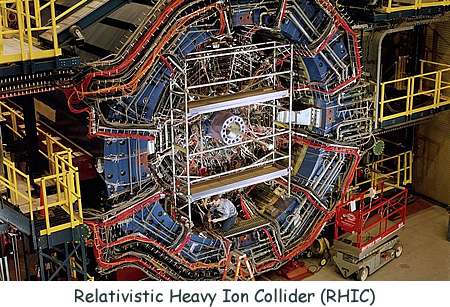Particle Physics Questions Q13. Helium is the second most abundant element in the universe. The most common isotope of helium is A nucleus of this isotope has a rest energy of 3728 MeV.
In 2011, at the Relativistic Heavy Ion Collider, anti-helium nuclei were produced. Nuclei of anti-helium are made up of antiprotons and antineutrons. It is suggested that an antineutron can decay to form an antiproton in a process similar to β– decay. In one particular collision between an anti-helium nucleus and a helium nucleus, the nuclei are annihilated and two photons are formed.
(a) State what is meant by 'isotopes'. [2 marks] (b) Explain why two photons are formed instead of a single photon when a helium nucleus annihilates with the anti-helium nucleus. [2 marks] (c) Calculate, using data from above, the maximum frequency of the photons produced in this annihilation of a [4 marks] (d) Complete this equation for the possible decay of an antineutron.
[2 marks] (e) Name the interaction would be responsible for such a decay. [1 mark] (Total 11 marks) |
Follow me...
|







